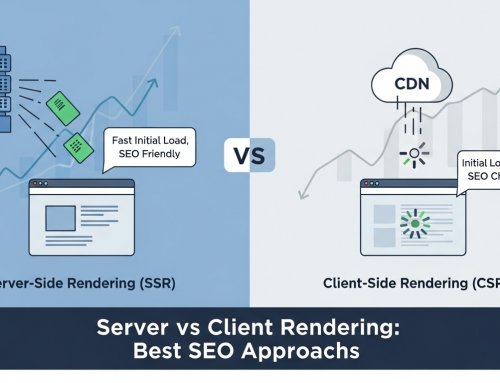Online shopping To put it simply, SEO is the process of making your online store more visible and higher up on search results pages. It makes it possible for your store to top SERPs (Search Engine Result Pages), which are typically displayed next to sponsored advertisements or Google Shopping ads.
Step 1: Conduct a Thorough Keyword Study
Researching keywords is the first and most crucial step in search engine optimization. Inadequate keyword research is one of the most common issues with e-commerce websites that don’t sell. Using company feedback, AdWords Keyword Planner, Google Auto-complete, and Google Trends, a list of terms and phrases that average users frequently use as search terms was compiled.
Keyword
A keyword is a word or phrase that users use to narrow down their search for content on the internet. when someone types keywords into search engines like Google or Bing and then clicks the “Search” button. The search engine returns a list of results pages based on what it thinks would be the best results for the keyword it looked at. To better understand it, let’s use the following example: if someone wanted to buy a phone, they would search for smartphones, which is what we’re using as our keyword.
Research on Keywords is Necessary
The next question that needs to be addressed is why keyword research is required. To put it another way, without the correct keyword, you would be lost. The first step in the SEO process is keyword research. If you use unsuitable keywords, you will not be able to rank your website. In contrast, if you choose the correct keyword, you can boost traffic. Doing sufficient keyword research is necessary to achieve this.
Terms to Use
Long-tail and short-tail keywords, as well as keywords based on search intent, are among the various types of keywords. Let us take a closer look at it. Keywords that seem to be two words or fewer are known as short-tail keywords. This contains acronyms, such as “SEO.” Some examples of short-tail keywords are chairs, smartphones, and a host of other items. Long-tail keywords are those that are longer than two words but shorter than four or five words. “Key phrases” is another term for long-tail keywords. “Best mobile phones” and “best home chairs” are examples of long-tail keywords.
Step 2: On-Page SEO Techniques
After you have a solid understanding of keyword research, you should focus on on-site SEO. This covers all SEO strategies that you have direct control over. You can make sure that search engines fully comprehend each and every page of your website, including individual product listings, by taking certain actions on your blog or store.
- Meta Title and Description
- Heading Tags
- Site Load Speed
- Page Slug
- Add Blog
- Add Images
- Add Related Videos
- Internal Links
- Enternal Links
- Optimise Anchor Text
- Include Alt Text to Image
- Avoid Duplicate Keyword Targeting
- Avoid Excessive Keyword Stuffing
- Word Count
- Rich Snippet
- Include Number, Brackets, and Numbers
Step 3: Off-Page SEO Techniques
- Add HTML Sitemap to Google Console
- Generate Backlinks
- Reduce Bounce Rate
- Enhance Onsite Time
- Enhance Multiple Pageviews
Conclusion
Using SEO strategies that work is essential to getting your online store ranked in search engine results. In the fiercely competitive world of e-commerce, it not only draws in targeted traffic and raises visibility but also cultivates credibility and trust, which raises conversion rates and promotes long-term success. Web store owners can secure a strong online presence and reap the many benefits of SEO, including increased customer acquisition and business growth, by making it a priority.






